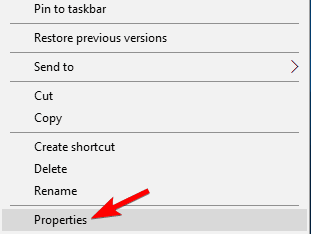

Use a Mini HDMI to HDMI for connecting a tablet to the larger display. Simply run a HDMI to HDMI cable between the HDMI ports of the computer and TV to mirror content on both screens. Many tablets have mini HDMI outputs, a smaller version of the same thing. Setup overview: HDMI outputs come standard on newer laptops, PCs and Chromebooks. HDMI cable HDMI inputs on a laptop PC and television Pros: Simple setup HDMI cables are capable of full HD and audio in one cable.Ĭons: Usually not a permanent solution mobility is limited by the cable using a tower PC may be cumbersome. Stream from PC to TV directly with an HDMI cable You do not need to have a smart TV for these setups. So-called Smart TVs simply connect to a wireless network without an external device.A dual-band IEEE 802.11ac wireless router is recommended for multi-device wireless networks and will suffice for the setups mentioned here.To extend wired Ethernet range without hanging a lot of cable, a powerline adapter can pass Ethernet through the electrical wiring of a building.Wired Ethernet network connections will always produce higher quality streams compared to Wi-Fi.If you have an old TV with just component cables, so help you-a HDMI composite converter is your only hope.Īlso, there are a few basic networking concepts to understand when streaming video. This article assumes your TV or display has HDMI inputs. Here I will take a look at a few easy setups for doing this depending on the type of equipment you want to use. If you’re projecting from a PC, you can also select Windows key ( )+ K and select the PC you’d like to connect to.There are several tools that enable video content to stream from PC to TV. On the device you’re projecting from, go to the screen mirroring settings (sometimes called cast settings), and select your PC to connect to it. On the PC you’re projecting to, launch the Connect app by entering “Connect app” in the search box on the taskbar. Select it from the list of results, then select Install.Īfter “Wireless Display” is installed, manage your projecting preferences on the Projecting to this PC page in Settings. Select Add a feature, then enter “wireless display.” Under Add the “Wireless Display” optional feature to project this PC, select Optional features. Select Start > Settings > System > Projecting to this PC. If you’re working on a Windows 10 PC and want the apps and content from another screen to show on your PC screen, you’ll want to consider mirroring that device‘s screen or projecting it to your PC. Note that you’ll need a device that supports Miracast. Here’s how to mirror another screen or project to your PC:


 0 kommentar(er)
0 kommentar(er)
